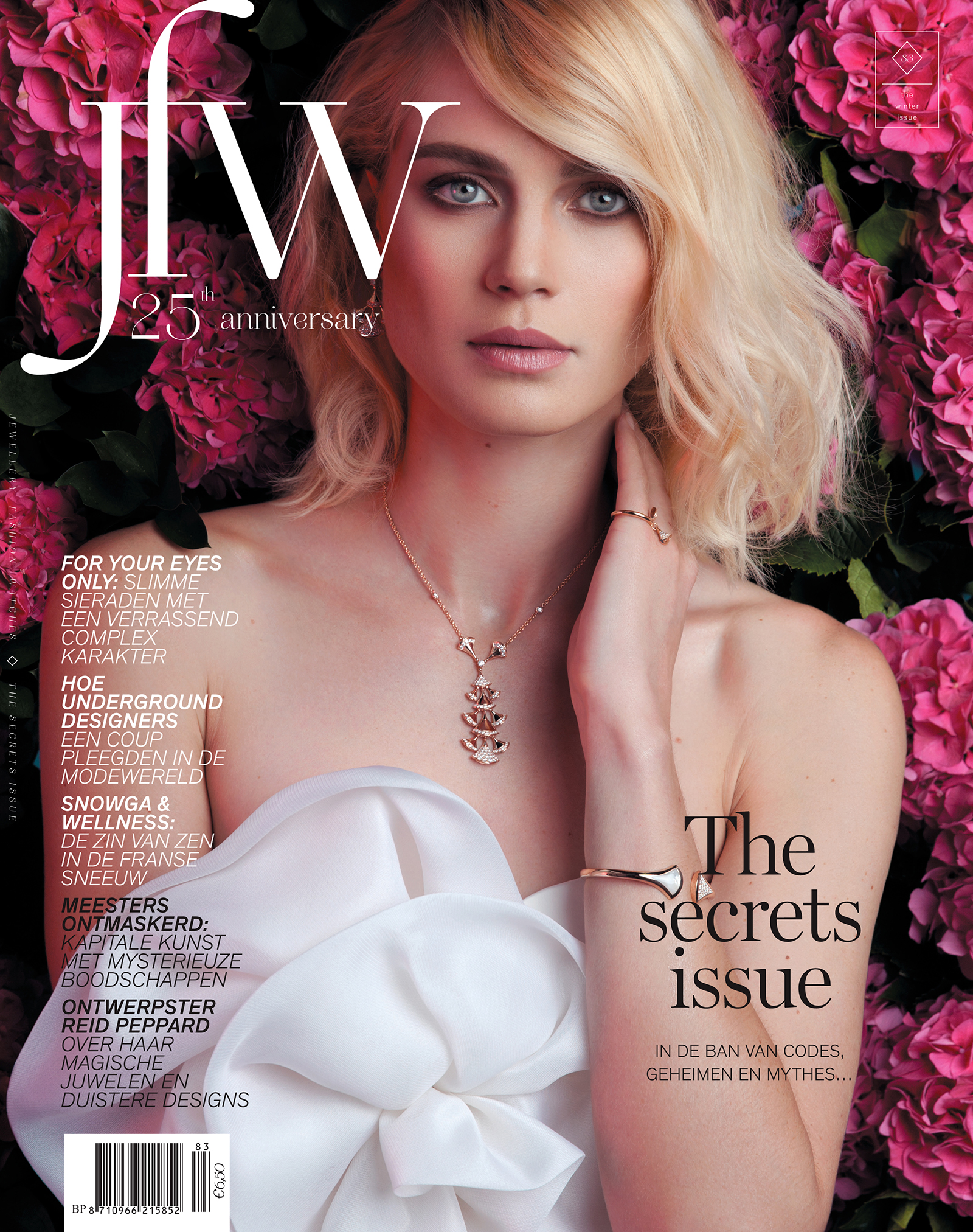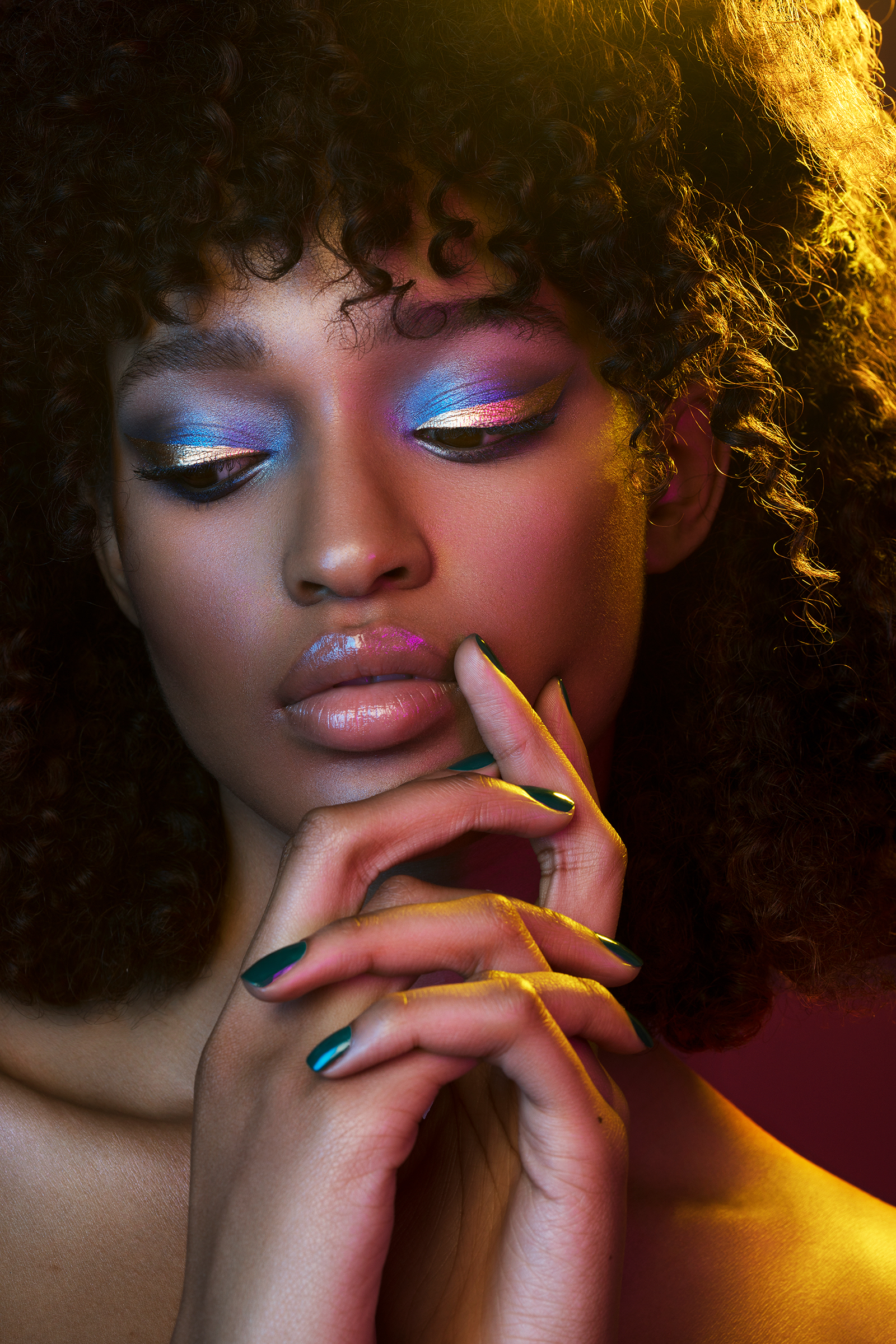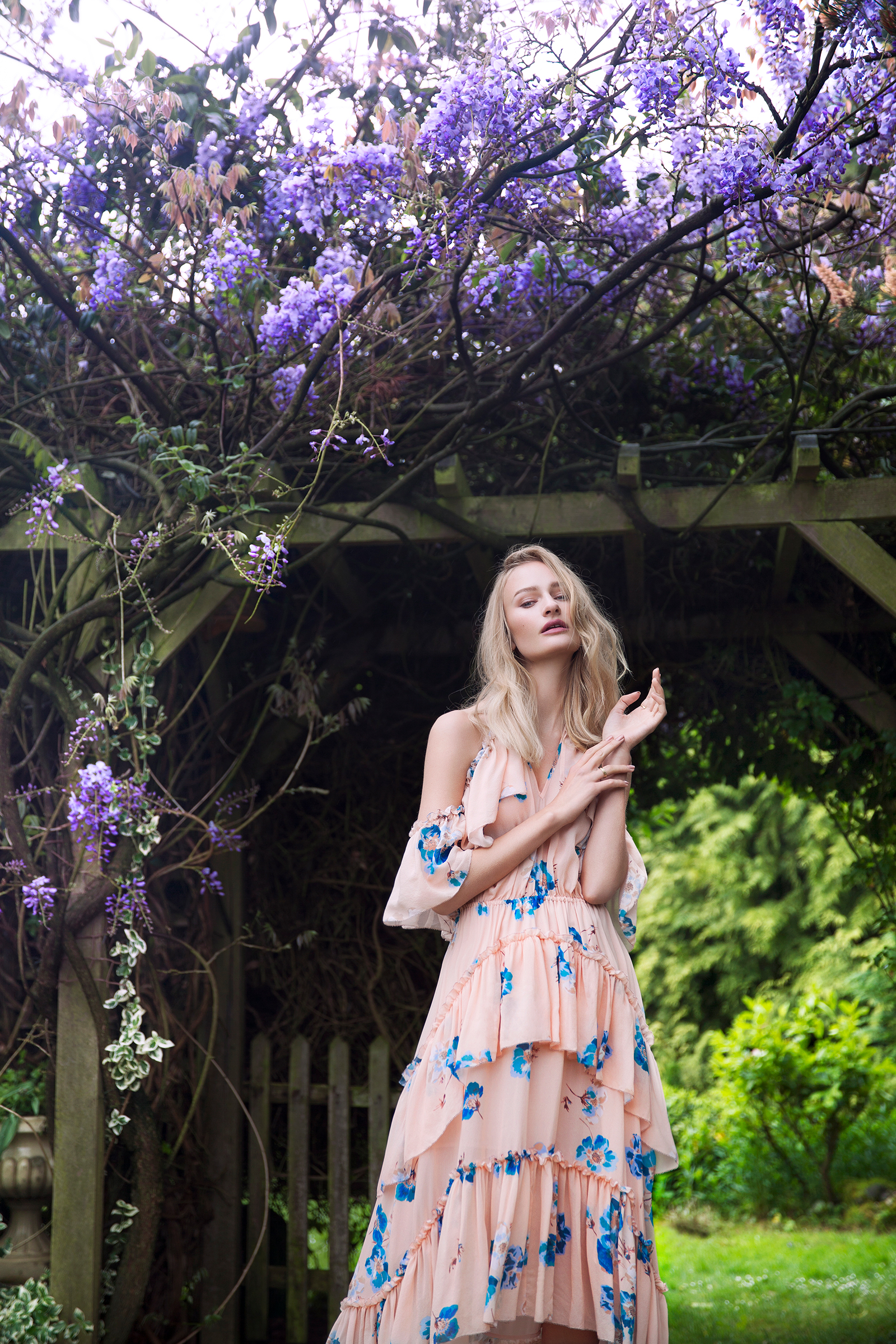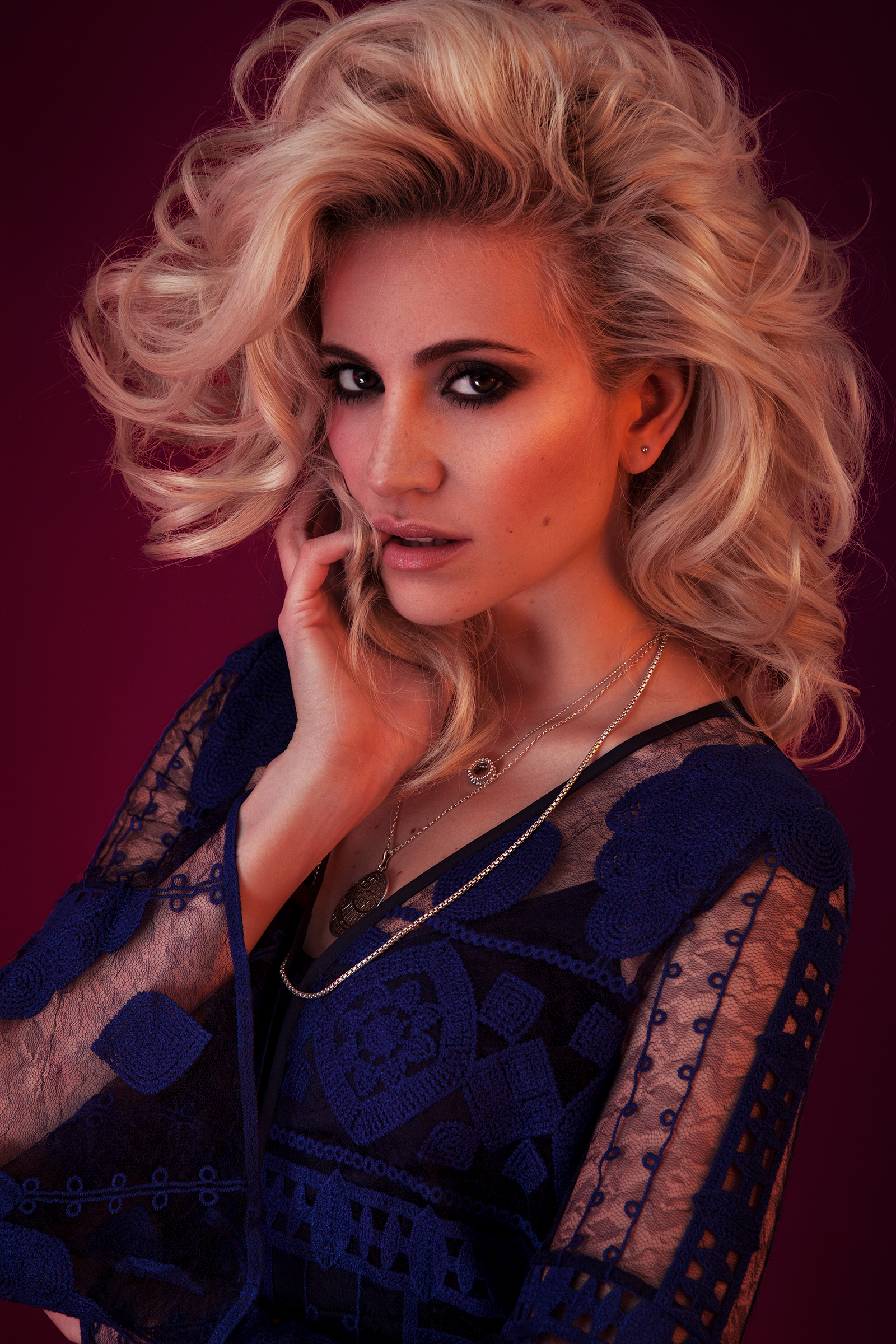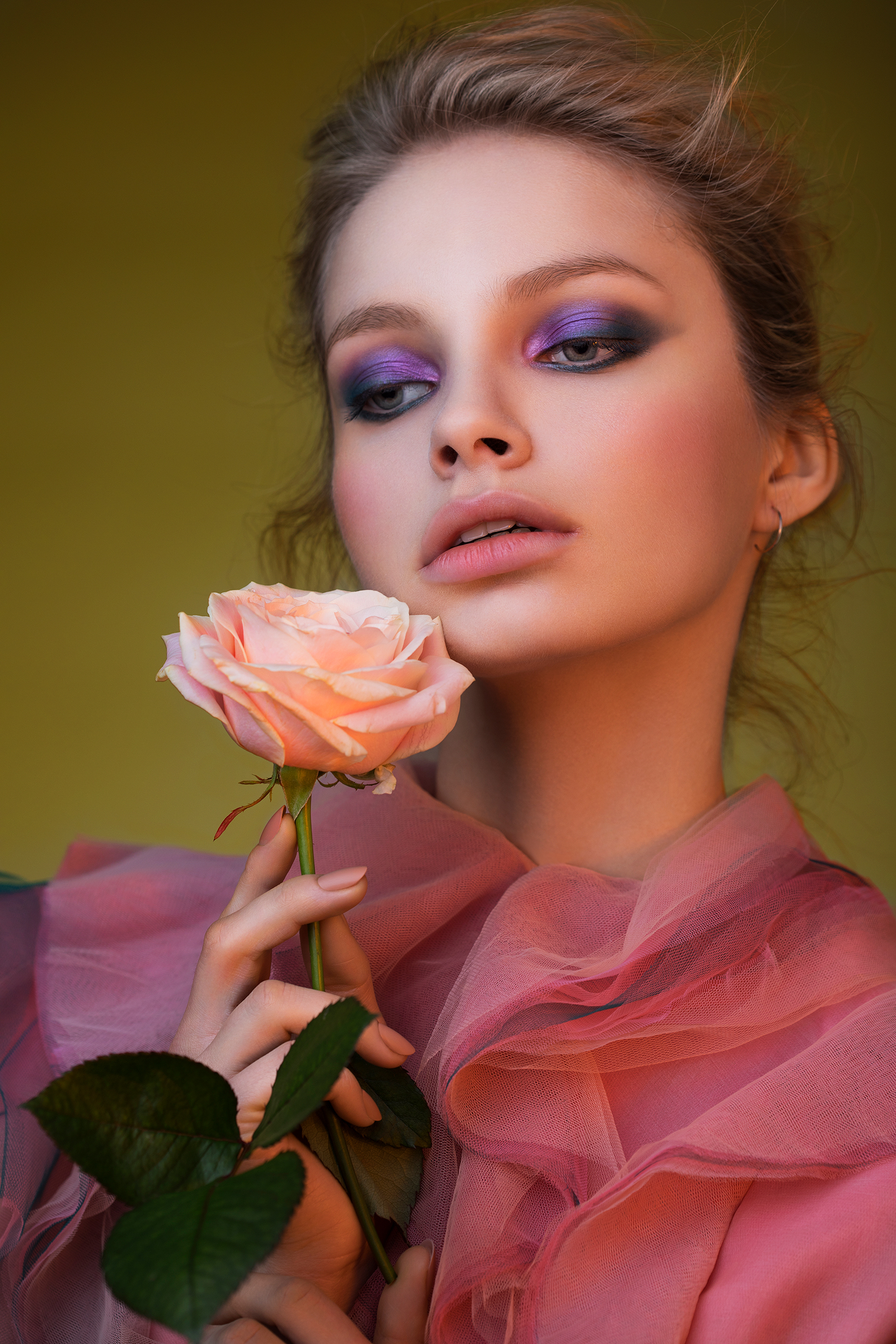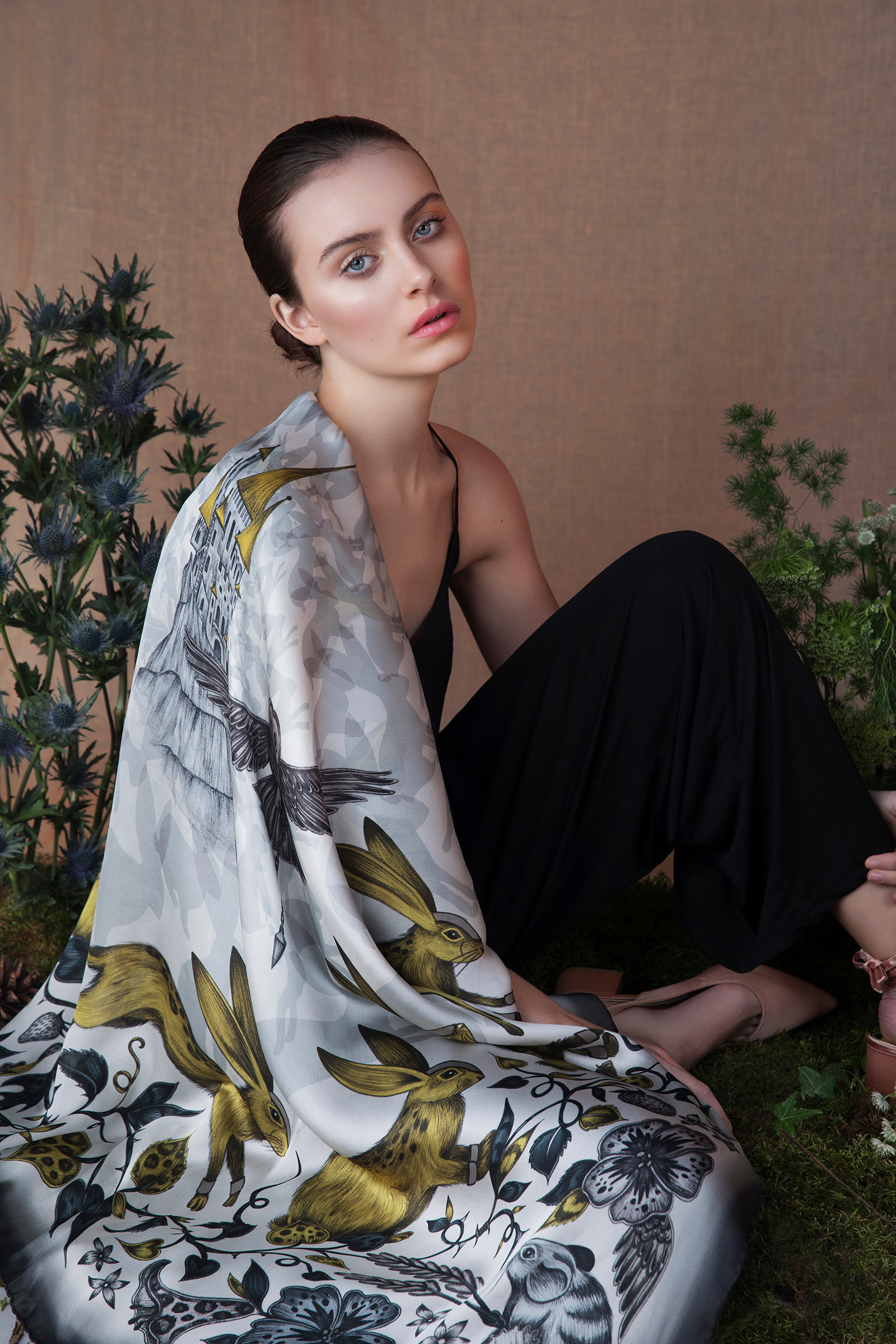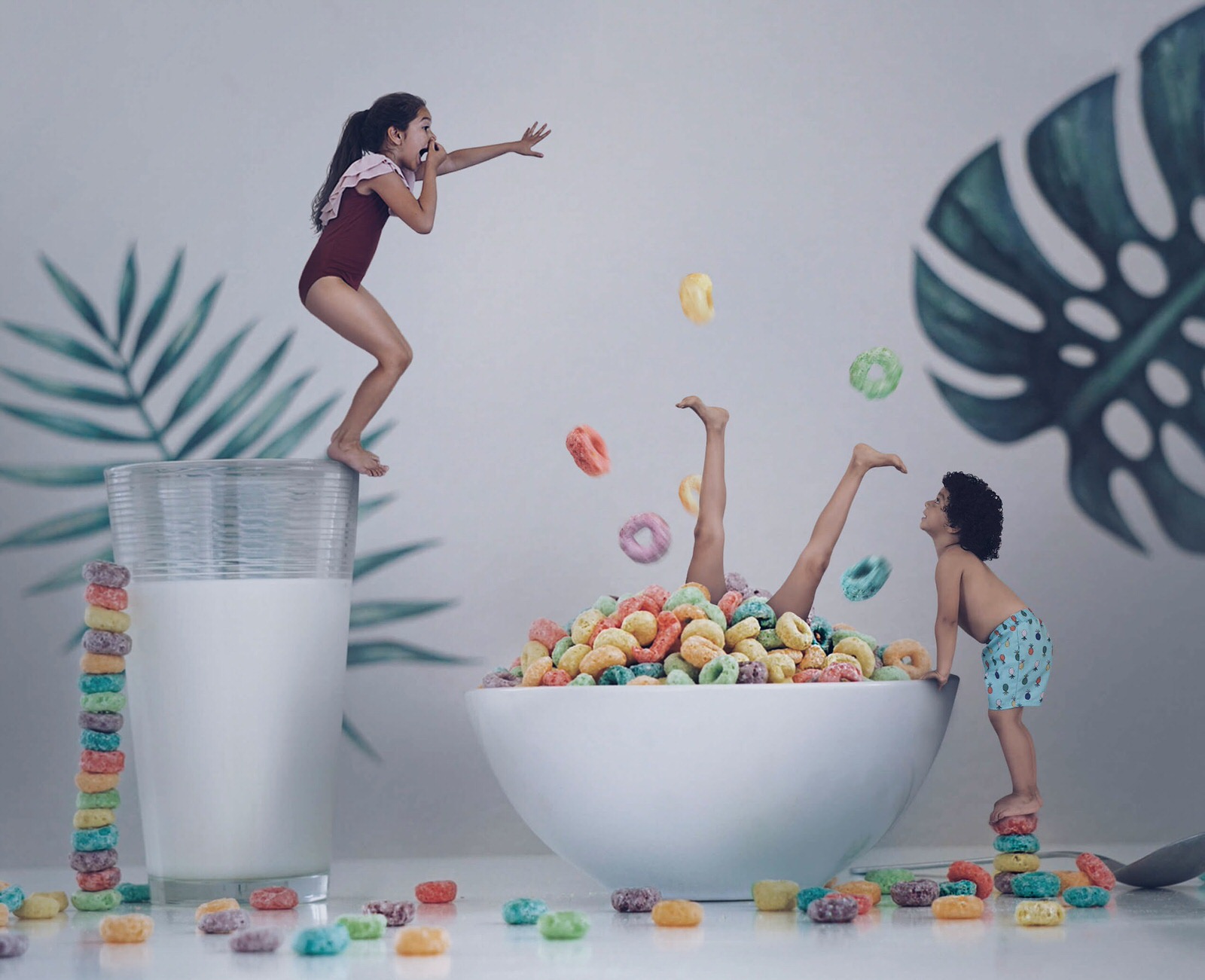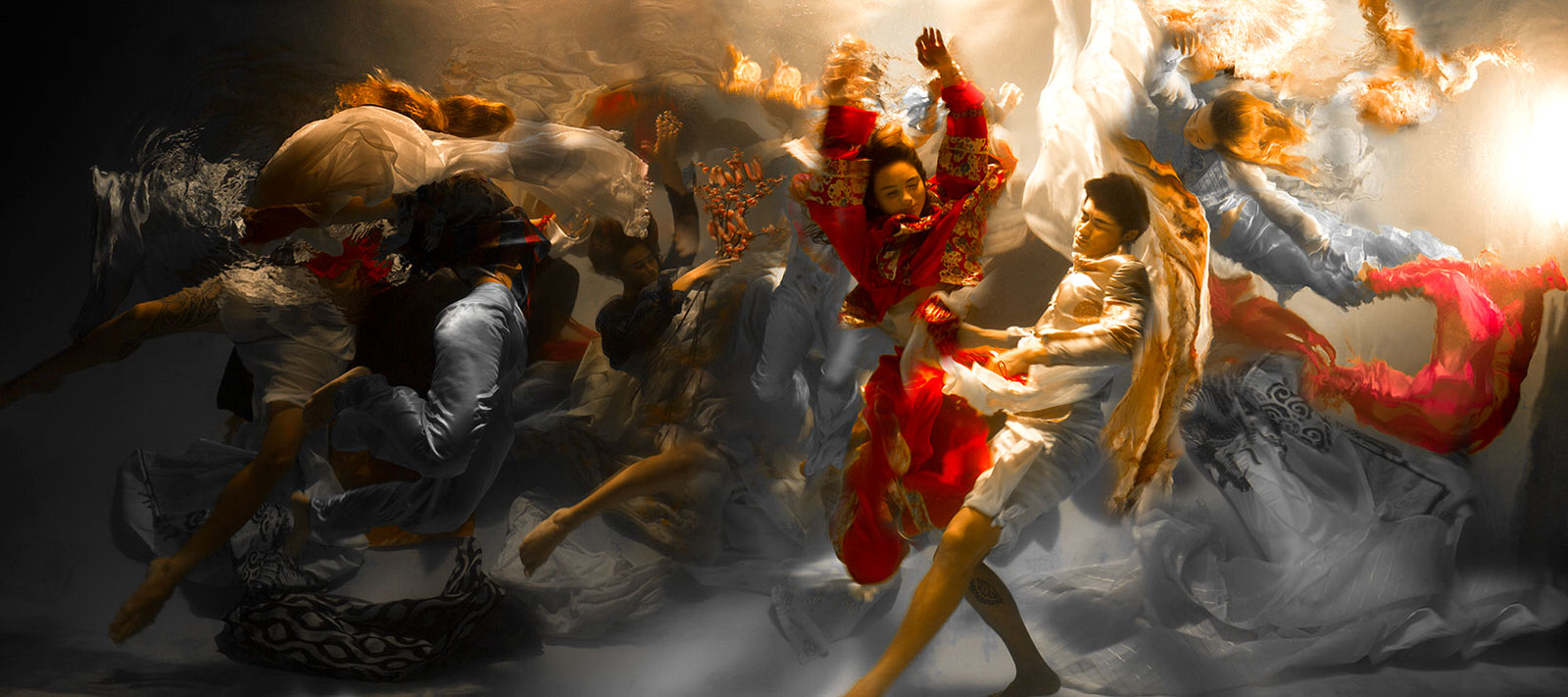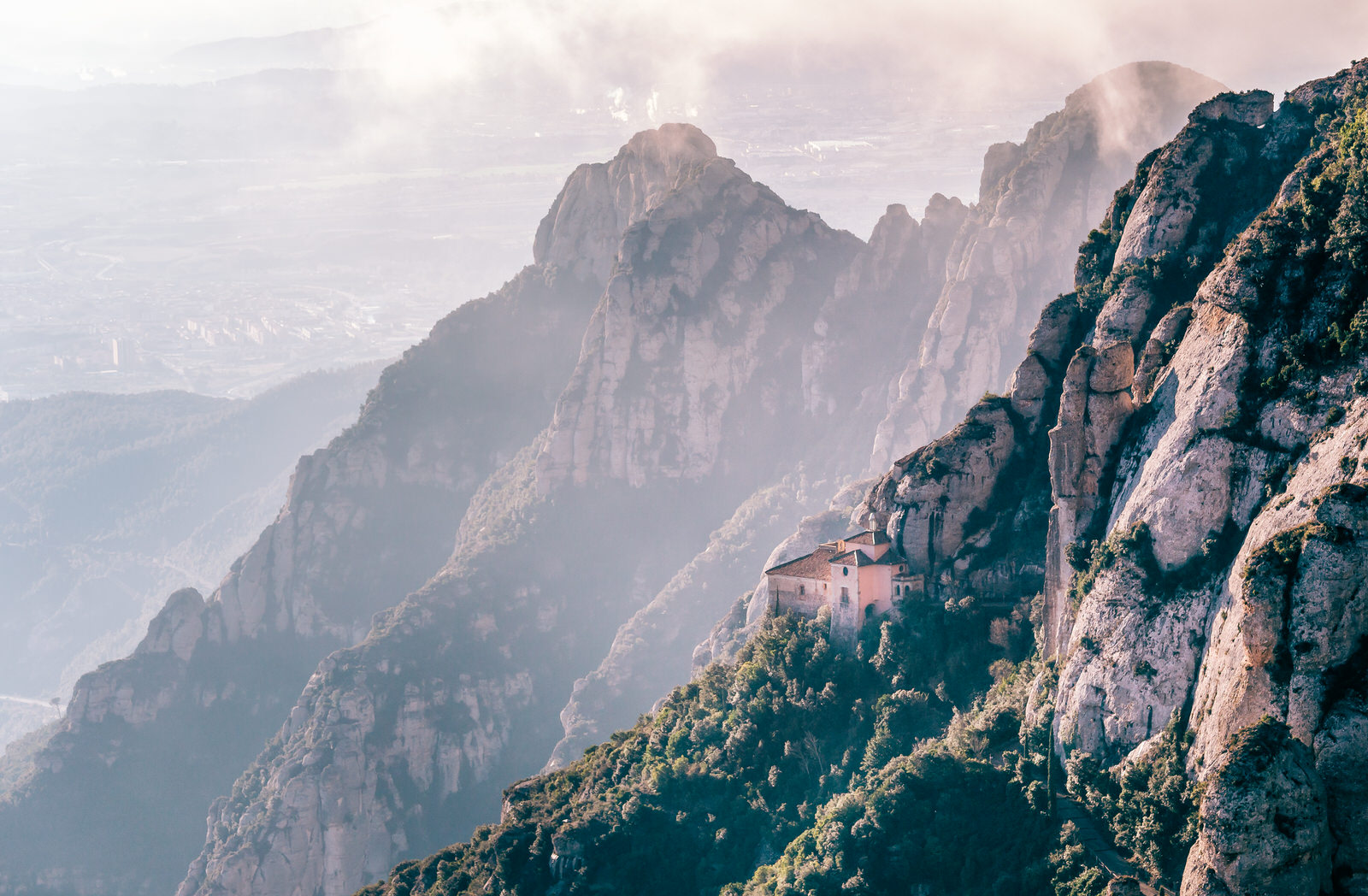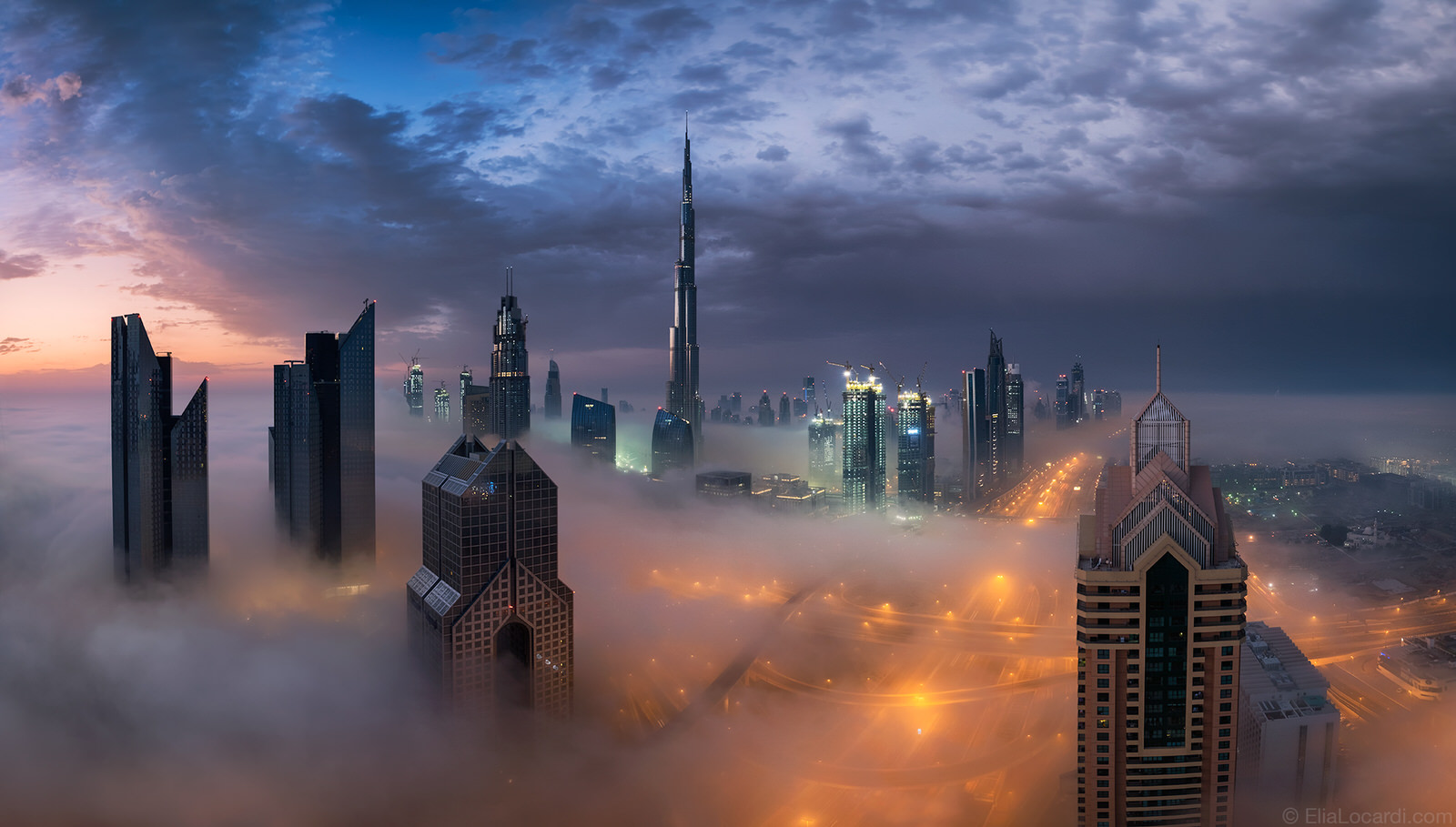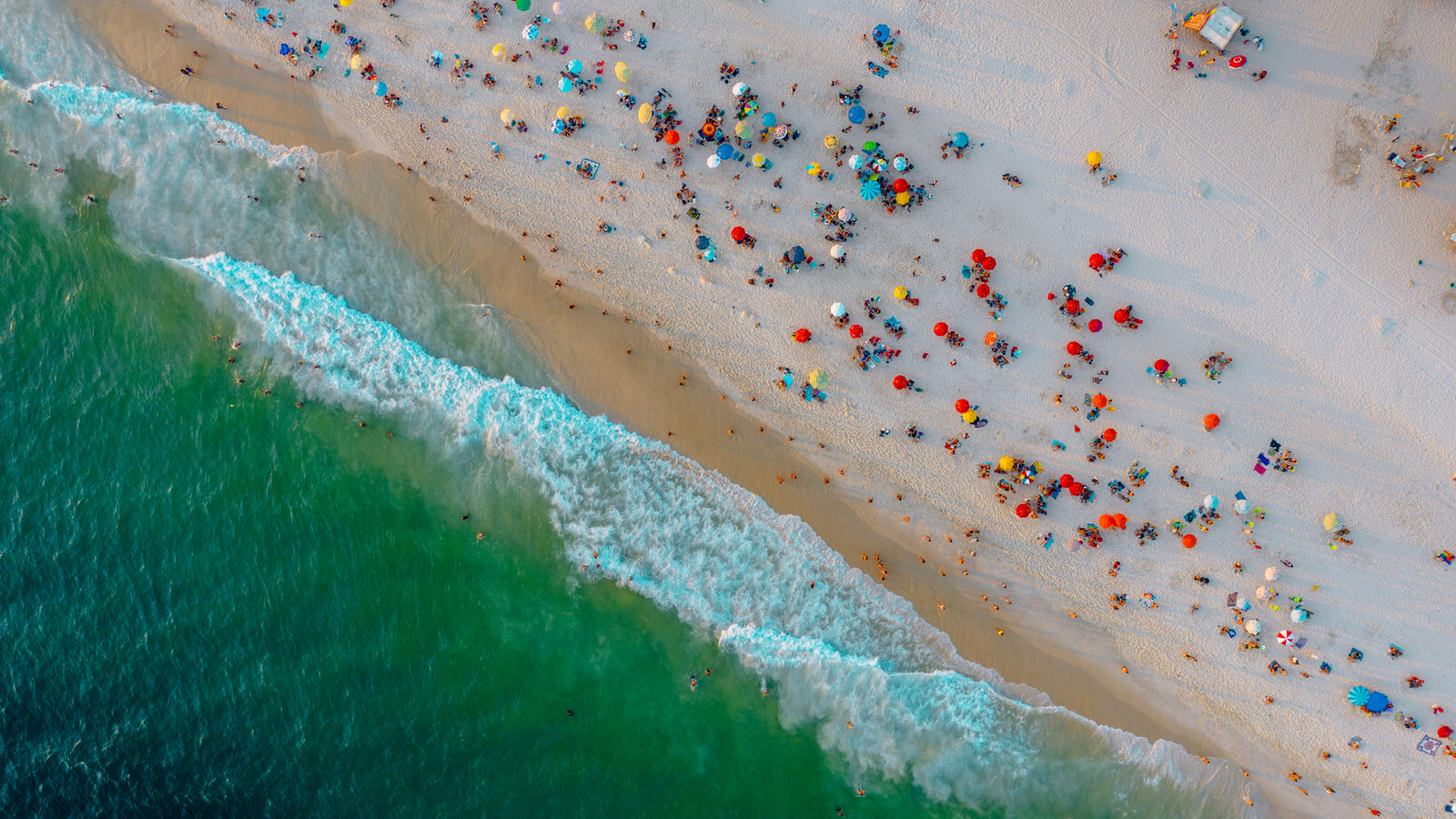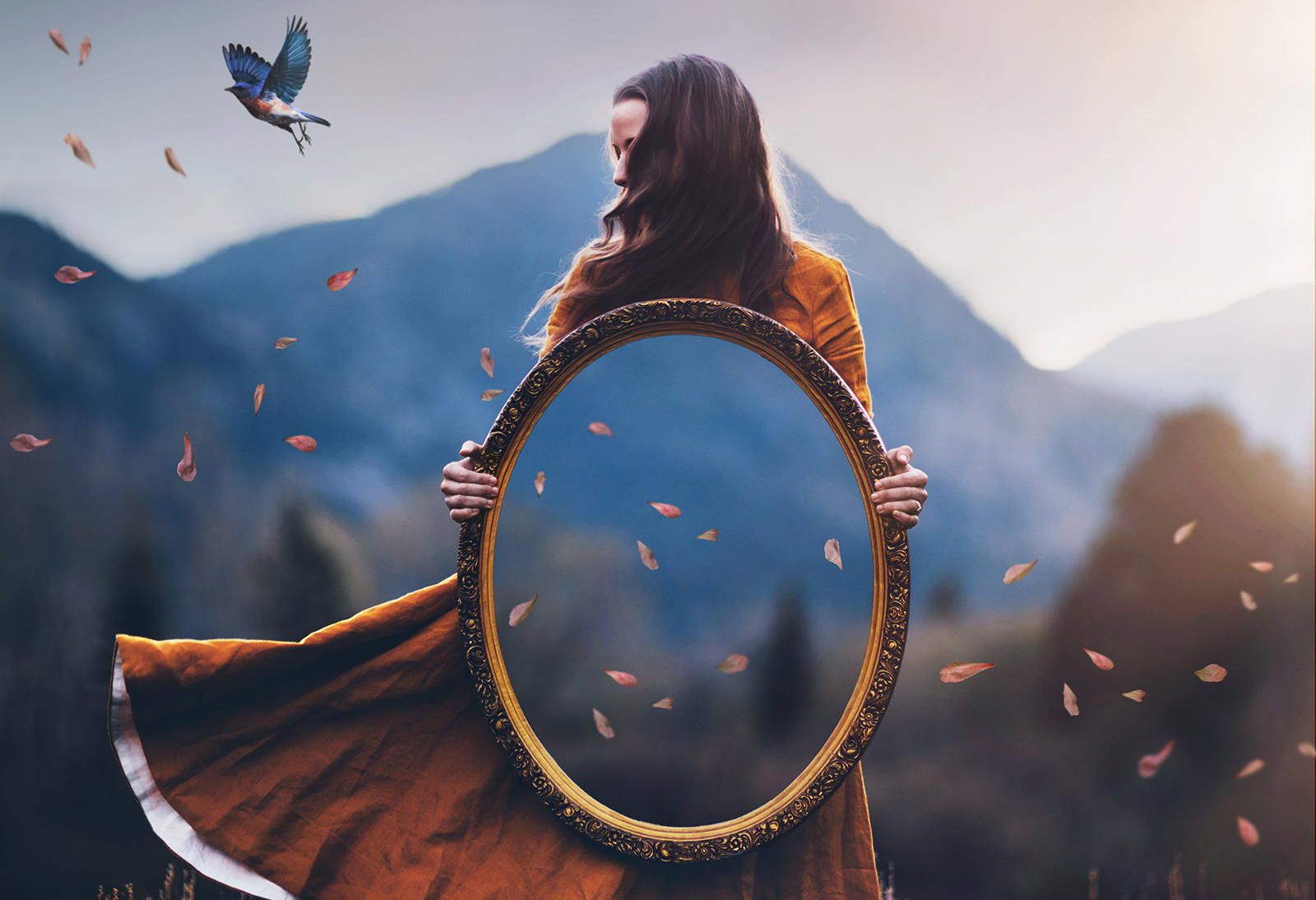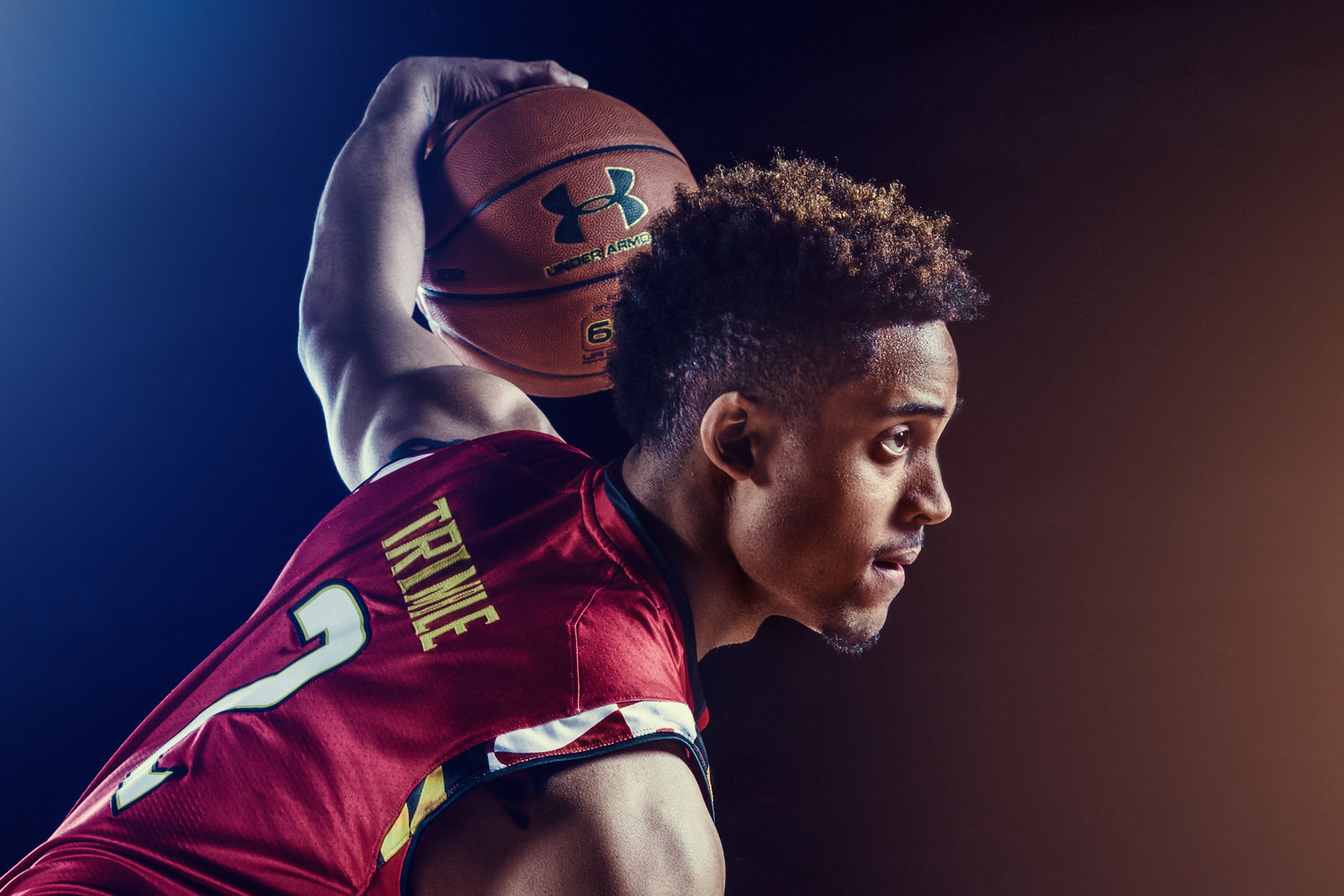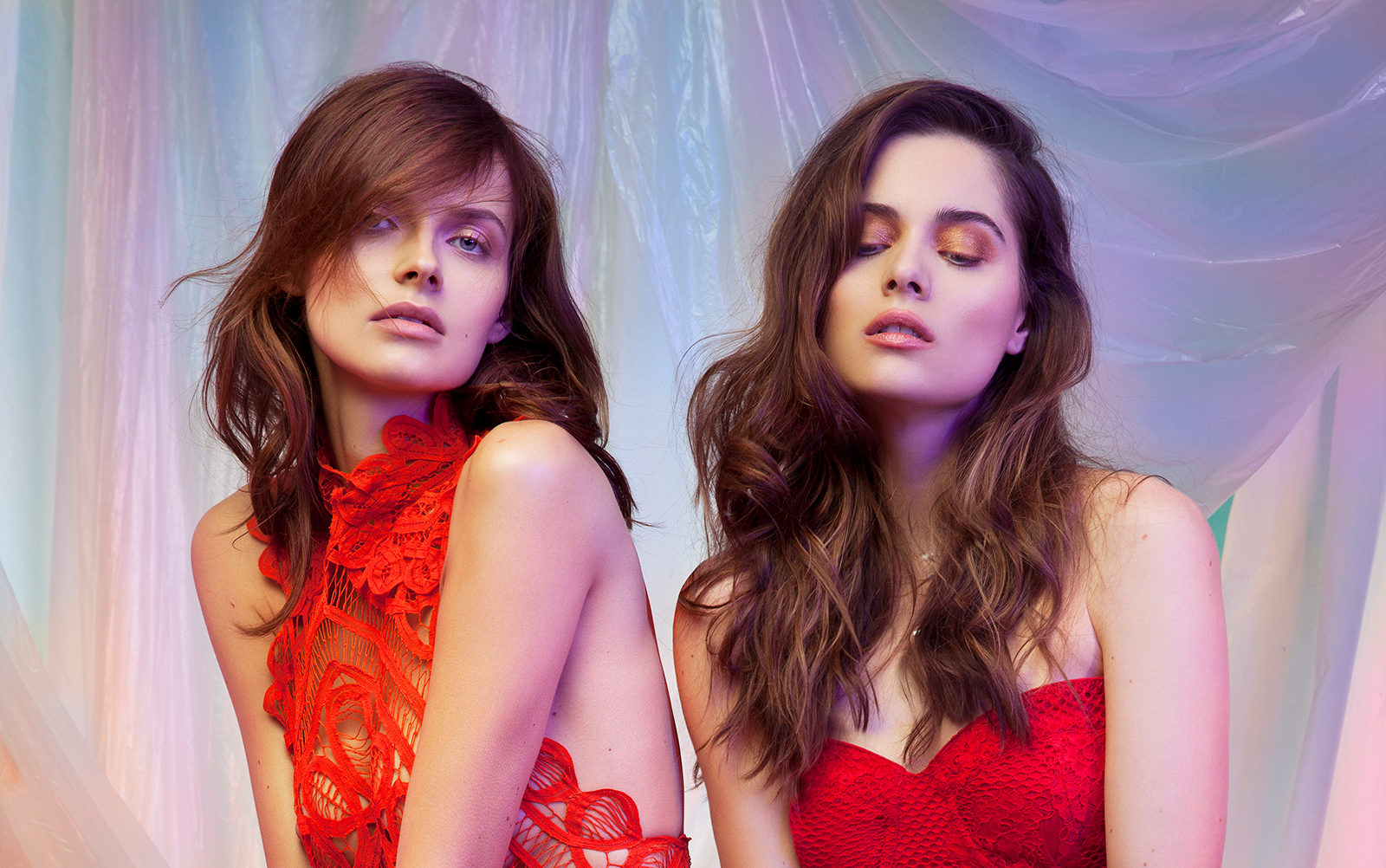
Insider Tips to Building a Successful Fashion Photography Business with Rossella Vanon
Award-winning and internationally acclaimed fashion and beauty photographer Rossella Vanon has made quite the name for herself as a leader in the industry. PHLEARN first had the chance to talk to Rossella back in 2013 when she was becoming well-known in fashion blogs and photo communities all over the internet.
At that time, Rossella had worked with some of the most notable teams in the fashion world, and her work had been featured in over 20 national and international magazines. She was also running successful workshops, teaching others about fashion photography.
It was clear then that the photographer had a determined, business-minded approach to her work and would only continue to rise as an influential figure in the industry. So, of course, we were eager to catch up with Rossella to see what’s been happening in the last few years.
In our updated interview, Rossella talks about her new book, “Lighting People;” how she’s expanded her workshops to focus on studio lighting and the business side of photography; and how she feels the last year, especially, has been a major period of creative growth.
How did you become interested in photography?
In a very unexpected way. I have always been shy in front of the camera and pretty much a fugitive every time one got pulled out of a bag, so the way photography sneaked into my life and turned it upside down makes me smile everyday. It was when I had taken an actual picture with my dad’s Sony compact camera for the first time. I was fascinated. I then decided to borrow it for the summer holidays and I think it pretty much took a couple of years for him to see his camera again after that! I loved being able to stop the time and capture memories forever.
How did you develop your passion for fashion photography?
I started with nature photography several years ago and then (for the sake of experimenting and finding my own style, as mentioned above) I slowly started shifting into portrait photography to get out of my comfort zone and try something new, to find out where my heart really was, where my art was taking me. During my ‘portrait years’ I did a lot of networking with other creatives and got to meet talented makeup artists and hair stylists who I started inviting to my shoots, and we slowly started collaborating on new projects. Simple portrait sessions subject-photographer were now becoming more complex projects with the participation of other team members, and that’s how my portraits slowly grew into fashion. Shoots became fuller and fuller and the styling more and more refined.
You work out of your studio in London now?
I came to London to finish my degree, which I have in sound engineering. So, it has nothing to do with photography. But still, you know, I came here because I knew that creativity was somehow my path, whether it was in music or in any other form of arts and I knew that London was a great place to be. I’m still happy where I am. I mean, for work, honestly, it’s great.
Are you still doing workshops?
Yeah, still doing workshops, definitely. I think at the time I was probably just doing the fashion photography workshops. And now we’re doing the studio lighting. We’re doing business and retouching. So, there’s a few different things happening. The others are still going strong. I really love teaching.
What do the workshops involve and how often do you have them?
I try and do each of them a couple of times a year. And considering that there is three or four different classes, it kind of keeps you quite busy throughout the year. The studio lighting and fashion workshop, they are eight-hour classes, so that’s a whole day in the studio and we cover a lot of practical things. Literally, students are continuously shooting.
These workshops are obviously hands-on classes. We have models for the fashion photography workshop. We also have makeup artists, hair stylists, wardrobe stylists, and we cover so many different topics. The fashion workshop covers everything from how the shoot is being planned, how do you actually come up with the idea and how do you make all the arrangements, how the makeup is going to be, and hair, and colors, and how everything comes together, to studio lighting, shooting, model direction. And then there is a little business seminar at the end.
The studio lighting workshop is fully hands-on. The focus is entirely on studio lighting, but it’s, kind of, linked to model direction between it. Because in the end, you will only have a successful picture if the lighting matches the poses that you’re doing and vice versa. Then there are the retouching workshops. That is also full day, but we are sitting down for that one. We are really truly retouching one shot from beginning to end and I explain my workflow in depth. Everybody is there retouching the same picture as I do on screen, so it’s easy to see, follow, and compare.
Then there is the photography business seminar that talks about all the things you need to know aside from shooting, model direction, and lighting that everybody gets excited to do. This covers all the other slightly more annoying things that you have to do to run a business and actually make money out of all this knowledge of lighting and so on that you have.
You’ve grown a very successful photography business. What else has been happening in the five years since we talked to you and what advice would you give to other people that are just starting out in the industry?
The last five years, quite a lot has happened. I wrote a book. That was pretty nice because it was something that I had wanted to do since I was little. The opportunity came up and it was great because I got to write about lighting, which is something that I really, really love. The book is called “Lighting People.” It’s a very in-depth photography lighting guide.
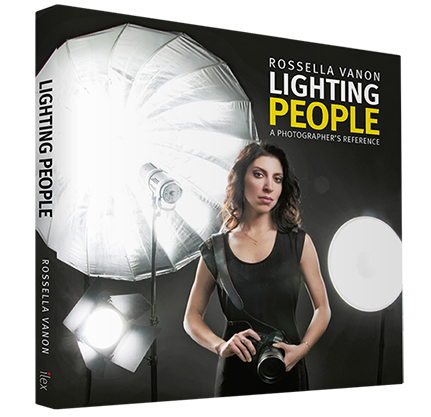
The main thing is that I got to work for better clients. Some of the clients that I’ve always wanted to work for, especially fashion magazines like Elle, Marie Claire, Tatler, Officiel, so that has been great. And brands like GHD or Lipsy for Next. From a photography point of view, that has been really important for me because I had this target in my head when I started. I wanted to get to these magazines.
And then when I did, it was great. It’s a great satisfaction, but then you feel like, “Oh, then I’m going to…” You think you’re going to get to the point where you feel like you are going to be very satisfied with yourself, and you’re going to feel great about your life, and everything, but then no. You get to that achievement and then you just aim to the next one. So, you just keep moving.
As far as advice to other photographers starting out, I think I would have to say to keep on going. I would probably say that, looking back on my business for instance, thinking about when we last talked with you guys five years ago, so much has happened. But not everything was going the way I planned. And not everything was going well at all times. I almost think of business, especially as a self-employed artist, as almost like a wheel. Sometimes you’re at the very top. Then sometimes you keep on coming down, feeling like maybe your inspiration is just running low. Or it could be that you feel like you’re not heading in the right direction.
It just happens, and it happens to everybody. So, I would probably tell others to stick to it. If you feel like that is your thing, stick to it. Even if you’re coming back down, you’ll go back up at some point.
Right. That’s something we all go through; at some point, you’re going to hit a wall. What do you do when you have a creative block?
Yeah, exactly. It definitely happens. I think I approach it in different ways. If it happens at a point in my career where I don’t have to produce something there and then, maybe I just feel like I’m a bit dry creative-wise but there is no rush for me to come up with something, then I don’t push myself. I’ll just do something else.
Normally it happens to me when I’m stressed. If you’re stressed and you’re feeling that way, then feeling more stressed about feeling that way doesn’t help. So, I just do life. I just live it, and leave that aside, and I carry on. I go hiking in the forest or I just read a book, just really relax, and it does help.
Then you come back to it, sometimes even after longer than you thought. It doesn’t necessarily happen that within the space of a day or two days, you’re back to your super creative self. Sometimes it takes long. You just deal with it.
But if it’s a matter of, “I’m stuck, but I need to come up with an idea by tomorrow because I need to let my client know what I’m planning on doing with this shoot,” then I will research a lot. I just look online, at all possible sources of inspiration. Sometimes it’s not even fashion photography; sometimes it’s a different type of photography or painting.
I love, for instance, watercolor painting. It’s not like I will look at a painting and straight away picture an entire shoot, but it gives me an idea when it comes to colors that for me are quite important, and for beauty and fashion, are quite relevant.
Or I just look at fashion photography images, what other people have just done, what has come out in magazines. Not to look for ideas that I’m going to re-do, but just to get some inspiration. Maybe just look at some lighting, or again colors, or trends, in the beauty and the fashion world and that could definitely give you an idea for a shoot as well.
Do you find that you work well under pressure?
I don’t like to rush in life, in general, but I’ve never missed a deadline. So, if I have a deadline for tonight, I will work nonstop and I will make the deadline. But that doesn’t mean that I will be healthy tomorrow morning! I’ll probably be stressed to bits, off of my head. I will make it, but it wouldn’t be good. I would normally prefer to not work as much under pressure. I prefer to be given some trust by the client. And just a little bit of time.
One of the things we talked about in the first interview was your dream job. At that point, you said you still had a few goals you were striving for. Do you feel like you’re where you want to be now?
I think I feel a bit more satisfied about what’s being achieved. I definitely feel like, especially this year, I’ve done some shoots that really represent me as an artist and where I am at the moment. That is very satisfying. Regardless of what happens to the shoot, whether it is published or whether it’s with a big client or small client, whether it is a portfolio shoot, the fact that you’ve actually produced that, you made it come to life and it is really true to how you see photography and how you want to do photography, that is great for me.
Do you have a favorite photo of yours?
Yeah, yeah. It’s a beauty shot with flowers and an olive green background and a blonde model. I really felt like that one resonated with me so much. I came up with the idea and there was so much planning involved. There was hair and makeup, model casting to do, there was a wardrobe stylist, and there was a set design to do as well. All the colors had to be coordinated for every single shot that we did. And we’re doing this not knowing which clothes the stylist was going to bring on the day because they don’t even know until the day before when they go and collect them. And not knowing what flowers the set designer was going to be able to find at 5:30 in the morning, the day of the shoot, because otherwise the flowers wouldn’t have been nice and lively for the shoot.
So, there were a lot of phone calls at five o’clock in the morning, trying to coordinate, and get the right flowers. And everything had to come together with lighting and the makeup. Just coordinating that and managing that with the help of an amazing team; without them, it wouldn’t have been possible. It was really, very, very satisfying. For me, so far, I think that is the highlight of this year.
Let’s talk about your book. It’s called “Lighting People.” When and how did this come about?
I knew that I wanted to write a book and I was approached before by a publishing house. But what I was asked to do, and what I was offered, and the way it was asked, it just didn’t feel right. So, I didn’t go ahead with that.
But, the idea of writing a book was already with me since when I was a little girl and now I had this idea that maybe I can write a photography book after all. I mean, this is what I do. So, I approached the publishers and I just introduced myself. I said, “This is what I do. Do you think that there is something that we can do together?” We had a lunch meeting and we talked about some ideas. And, since I really enjoyed lighting, that was one of the things that came up. Also, that was something that they hadn’t actually published before from this perspective. So, it worked.
It was interesting because I was given a very small time-frame to actually write the book. I was getting a bit panicky because English is not my first language and I’d never written a book before. And I can definitely say that I underestimated the amount of work that was to be done, severely! But in the end, it was fun. It was hard work for sure, but it was also great. When you actually write something, when at the end of the day, you finish a chapter or something like that, it’s very rewarding to see what you’ve created.
The book is basically a photography lighting guide and it’s very in-depth. It’s very hands-on. I wanted to structure it like a course, so starting from the very beginning, the information that you need when you first start with lighting. What is lighting? What types of lighting are available? What’s the difference between flash and continuous lights? What’s the difference between a flash gun and a studio strobe?
Then it goes into the very practical side of things. Standard lighting techniques. Soft versus hard light, bouncing, feathering. And then it goes into the creative techniques. There are loads of my images and lighting diagrams, and descriptions of how the lighting was obtained. It goes from the standard lighting techniques – one light, more standard, and simple setups, but that can look amazing still – up to using three, four lights with color gels, and lighting projections. And there is so much in between. I think it’s very comprehensive. And yes, it was a lot of fun.
It’s such a great topic too, because a lot of people don’t really understand lighting. It’s just something you have to learn as you’re getting into photography. And if you don’t have the training behind it, then it doesn’t just come naturally for some people. How did you learn about lighting?
Yeah, I mean, I was one of the people that you just mentioned. I was kind of terrified of it when I first started. I was one of those photographers that says, “No, I’m a natural light photographer. I just don’t use flash, I’m sorry.” Because I didn’t know how to and I was absolutely scared of even touching it.
And then, basically, I was forced to, because I live in the UK. For a lot of months, you can’t really shoot outside. You don’t have a lot of sunlight. The weather is a bit unpredictable. I couldn’t really take clients outside and tell them, “Let’s say we do a whole shoot outside, freezing cold in the winter with light rain.” So, it just became necessary to learn it.
I am self taught, so I didn’t do any training. Also at the time, there weren’t as many training opportunities that there are today, a lot less workshops. So, I just tried it. I think the very first time that I used studio lighting I was with a client in a studio. I’d never used it before and the studio owner came to me, brought me these lights. I’d never seen them in my life. He said, “You know how to use them, right?” And I said, “Of course, I mean, I’m the photographer here. Yes, I know how to use the lighting. Don’t worry.” I had no clue.
In the end, it’s not rocket science, you know, especially if you’re not looking for such a complicated lighting setup. I had very small clients at the time because I was also inexperienced as a photographer. I was just learning as I went, with lighting and with my camera at the same time. My clients couldn’t really tell. The lighting was there and it was fine. In the end, you make it work.
After a few months I bought two lights and that gave me a little bit more of a chance to experiment at home with friends or models that we would do portfolio shoots with. That was very helpful.
Aside from the stress of trying to make lights work the first time you ever use them when there’s a client in front of you, it’s nice to know that you’ve got lights available, that you can play around with them. Even if you don’t own them, but there is a studio down the road that you can go to. Book the whole day and get a lot of different models just for yourself, for your portfolio so that you don’t have the pressure of creating amazing things. You can just experiment, that is great. I would definitely recommend that to someone who is starting out. I wouldn’t recommend what I did!
In the end, did that shoot turn out okay?
Actually, it turned out okay! I was taking a portrait of two sisters. It was lovely, actually. They were lovely. I have really good memories of that shoot and the sweat.
When you were starting and learning these things and reading up on everything, were there any other photographers or artists that influenced your work?
When I really first started, I was a big fan of Tim Walker. This is why I was like, “No, only natural light,” and trying to recreate these kinds of dream scenarios that he was famous for. Then I grew out of it as I got into lighting and I got into a different style of photography almost, all together. I started appreciating the lighting of photographers like Mert and Marcus, especially the color, the gels that they involve. I started being quite into that and using gels. I think that was a big inspiration.
Do you have a favorite quote or a mantra that always gets you motivated?
Gosh, I love quotes. I think the one that I really feel I relate to the most is probably – it’s not very inspirational, but I think it should be a mandatory in life – it’s, “Don’t do to others what you don’t want done to yourself.” That, for me, is the best. For me, it really comes into play when it comes to working relationships, dealing with people, children, animals, anybody. I really live by that motto.
Do you have a favorite book that you would recommend to other creative people?
It’s not really a creative book as such, but I think it’s necessary. I always recommend it; I always push it at workshops. It’s called “Beyond the Lens” and it’s written by the Association of Photographers. It’s basically a book that talks about all the legal things that you need to know as a photographer. So, contracts, copyright, licensing, all of these really key things that you need to know yourself, and that you can explain to a client, for instance. Just a lot of things that you need to protect your work as a photographer and stand your ground as an artist. It’s an amazing book, I would definitely recommend it.
Tell us what’s next for you.
I’m going to release a lot of new dates for new workshops at the moment. I’ll also be doing a lot of teaching this summer. There have been a lot of inquiries about one-to-one classes, or I do Skype sometimes. I’ll also do some shooting for some jewelry clients. I’ve had quite a lot of jewelry clients recently. There’s always something different going on. I can never share details because things are always kind of secret until the moment they are released.
I guess we just have to wait and see!
Check out more of Rossella’s beautiful fashion photography and keep up with her upcoming projects on her website, Facebook page and/or Twitter.
